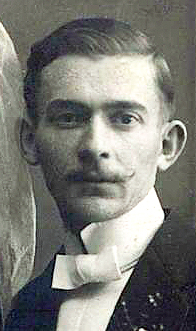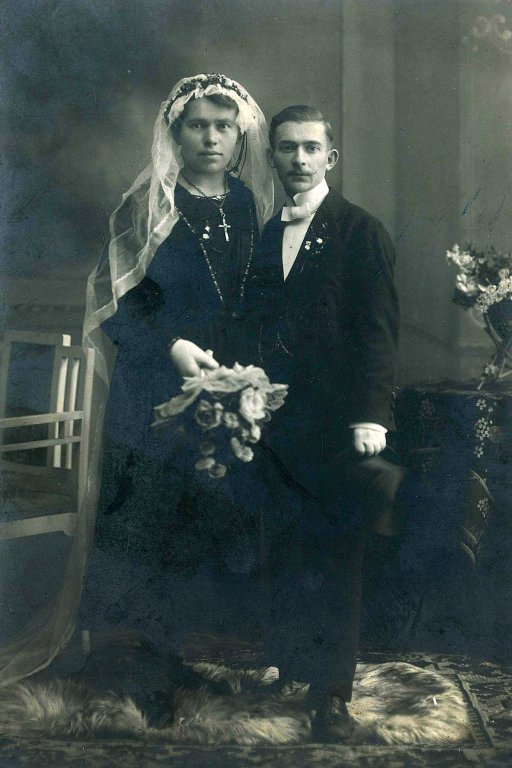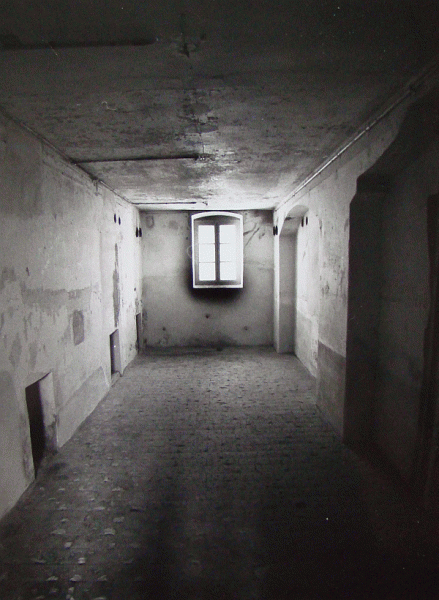Johann Kraus
Author: Finn Scholl

Johann Kraus, born on June 28, 1898 in Straßgiech, spent a large part of his life in the sanatorium and nursing home in Kutzenberg near Ebensfeld. He was murdered as part of "Aktion T4" on March 18, 1941.
Long-Term Stay in the Sanatorium and Nursing Home Kutzenberg


Johann Kraus took part in the First World War as a conscript. On May 2, 1918, shortly after he left the military due to illness, he was admitted to Kutzenberg for the first time, but was soon released. He married Kunigunde, with whom he had five children. A renewed flare-up of illness led to his final admission to Kutzenberg in 1928. His mother Anna Kraus visited him annually at the sanatorium and his wife Kunigunda Kraus also regularly inquired by mail about his condition. The doctors at the institution described him as an always friendly, seemingly absent man.
Murdered by the NS regime in 1941

On February 28, 1941, the Kutzenberg Sanatorium and Nursing Home received the order of the Reich Defense Commissioner to deport Johann Kraus. This deportation was carried out by the "Gemeinnützige-Krankentransport-GmbH". Johann was taken to the Arnsdorf State Institute, from where he was deported to Pirna-Sonnenschein barely two weeks later and was probably murdered ("gassed") by carbon monoxide on the same day.
The "Action T4" - mass murder of 70,000 patients
He thus shared the fate of numerous victims of the so-called "Aktion T4", through which the National Socialists murdered about 70,000 mentally, physically or emotionally handicapped people during the period up to 1941. From the Kutzenberg sanatorium and nursing home alone, 446 people were deported to one of the six T4 killing facilities.
The killing of the sick in central gassing facilities was quietly halted in 1941 because secrecy was not guaranteed and there was resistance, especially in church circles. The "specialists" of this action and their "know-how" were subsequently used in the construction and operation of the extermination camps Belzec, Majdanek, Treblinka and Sobibór






